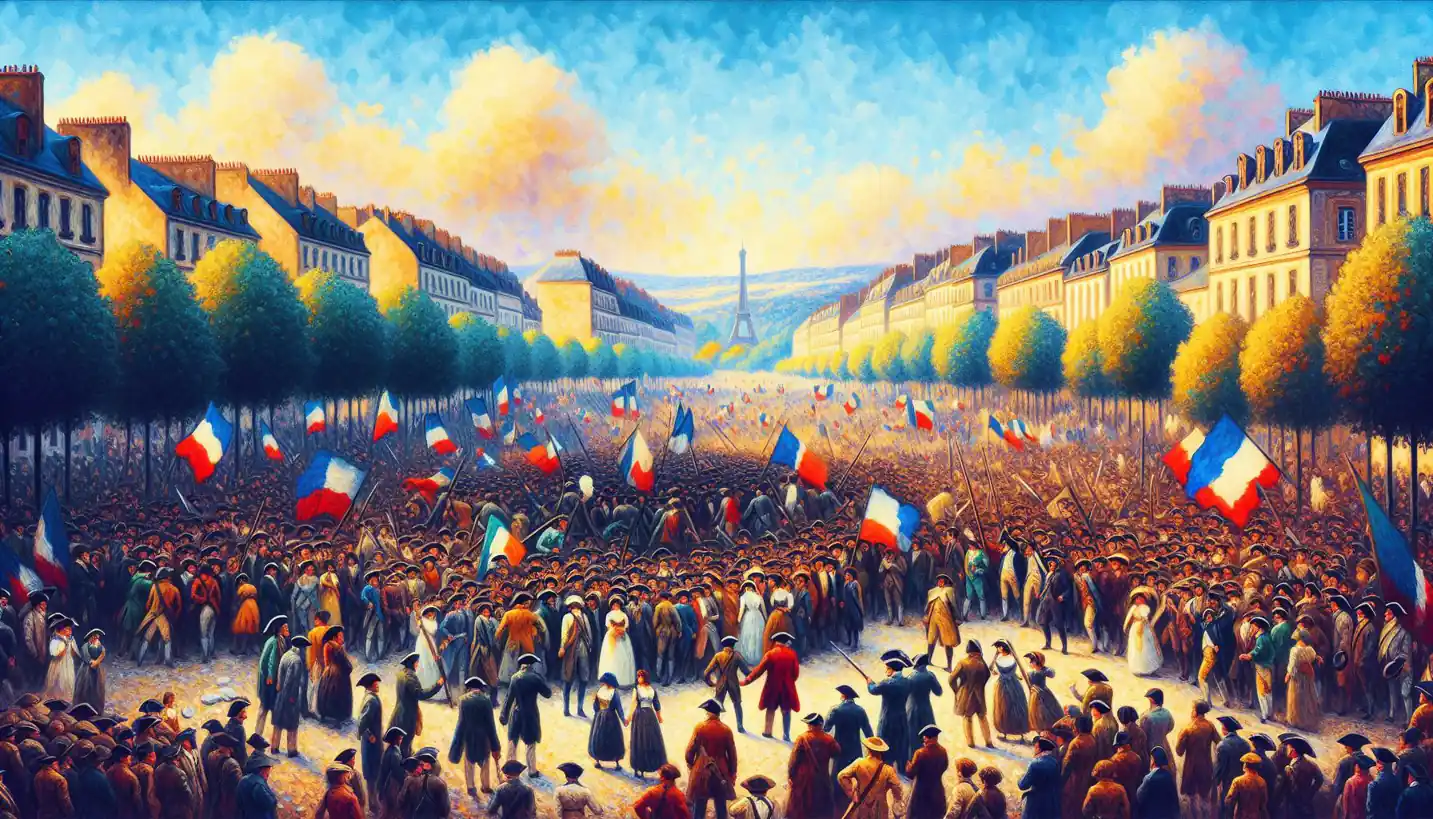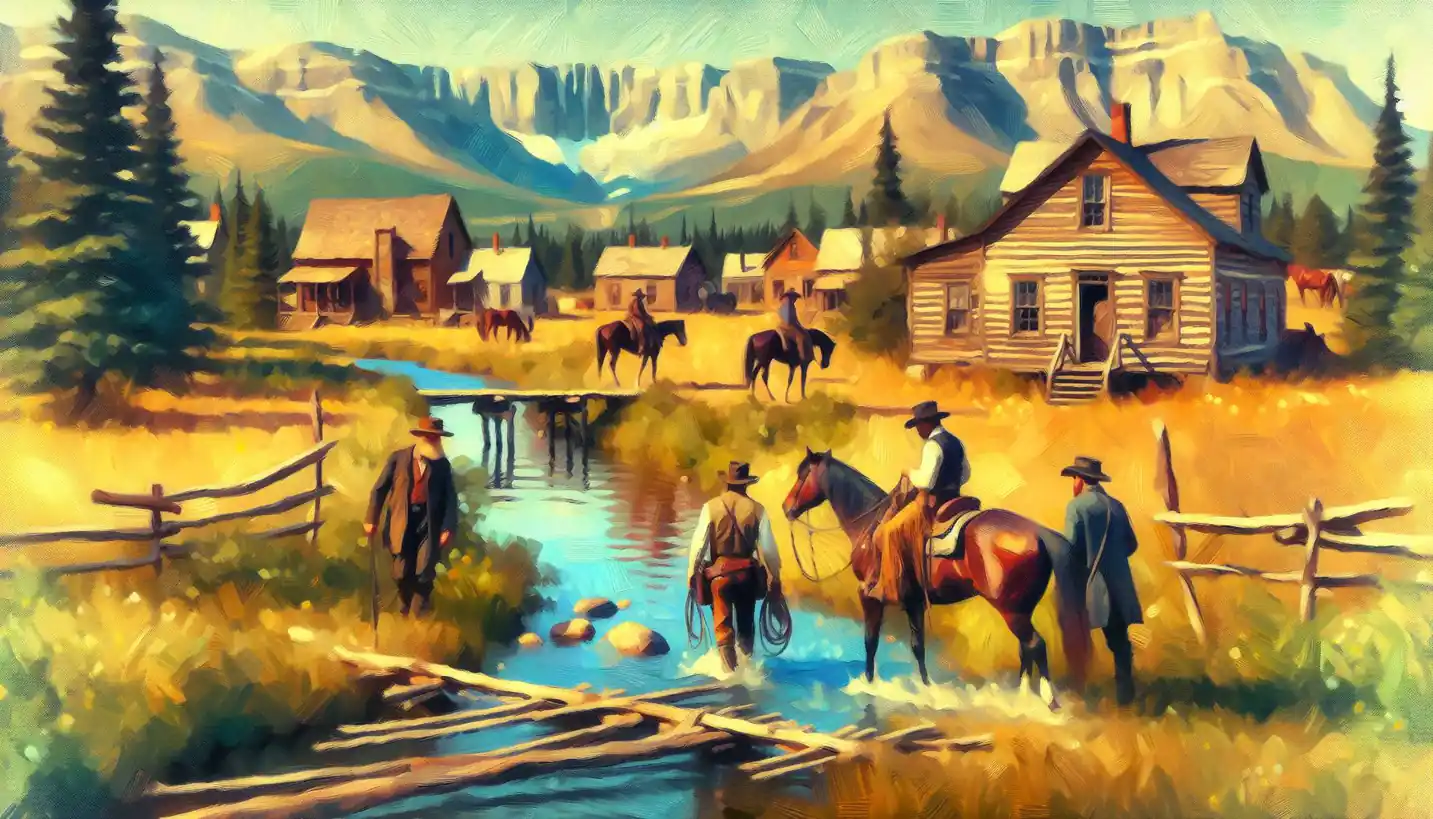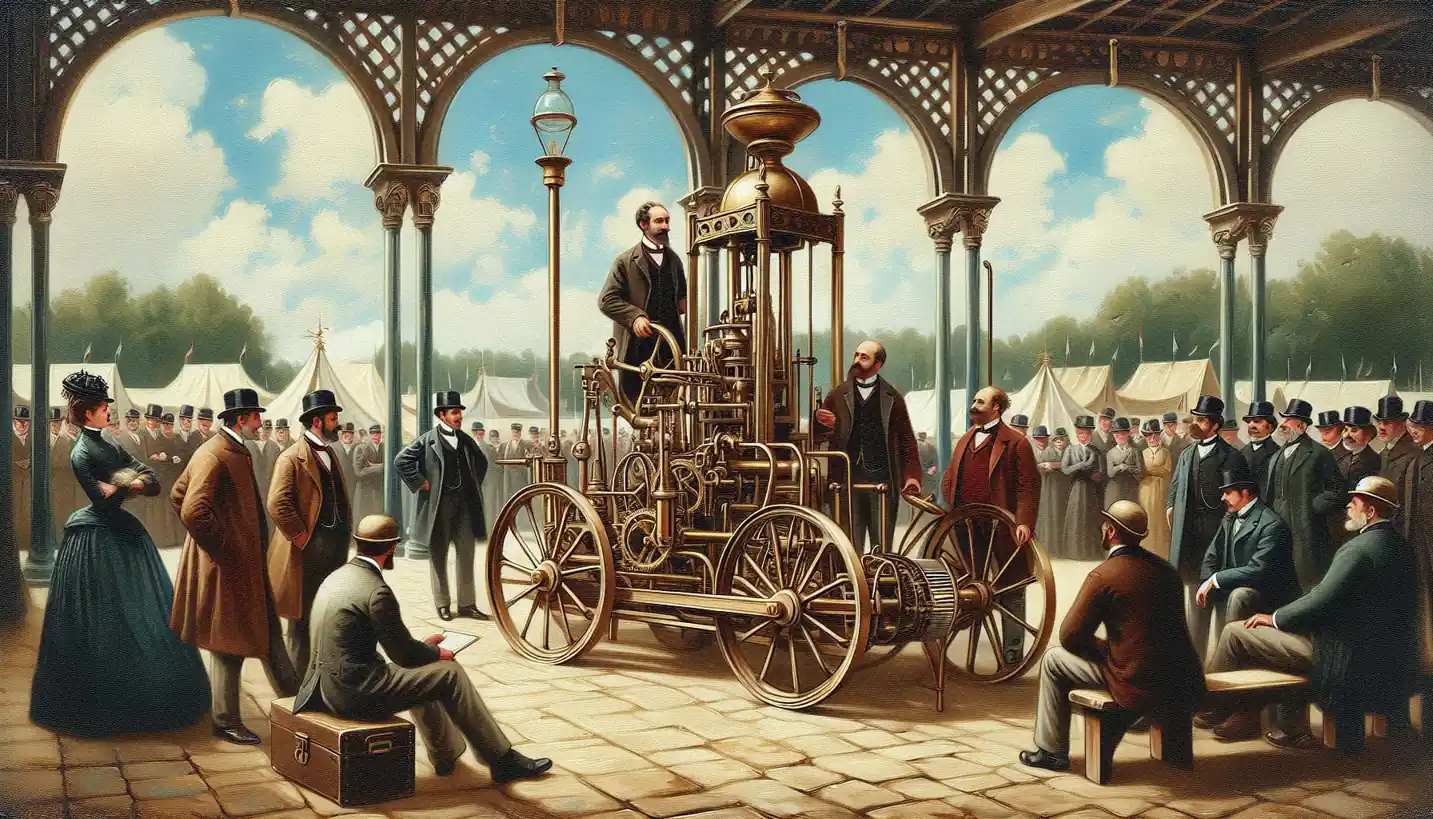· History · 4 min read
Mixed-use Development: Building Cities for the Future
Mixed-use development is changing how we think about city spaces, blending living, working, and leisure into vibrant urban areas. Discover how these dynamic environments shape our modern cities.

When travelers wander through bustling city streets filled with shops, cafes, and homes, they’re experiencing a concept that has roots deep in urban history: mixed-use development. This approach to city planning isn’t just a modern buzzword; it’s a return to the way cities have functioned for centuries.
Mixed-use development is essentially about creating areas where different activities—like living, working, and playing—are seamlessly integrated. Think of city centers where you can grab a coffee, do your shopping, and then head up a few floors to your apartment. This way of designing spaces is both practical and vibrant, aiming to make daily life more convenient and lively.
A Trip through History
To really understand mixed-use development, let’s journey back in time. Ancient cities like Rome and Athens were naturally mixed-use. Picture bustling marketplaces in the heart of town, surrounded by residences and public forums. People lived close to where they shopped, worked, and socialized. There were no zoning laws forcing separation between commercial and residential areas, which meant communities were dense and walkable.
Fast forward to the Industrial Revolution, and urban landscapes began to change. Factories sprang up, and people wanted to live away from the noise and pollution. This led to the rise of zoning laws in the early 20th century, which separated areas for living, working, and relaxing.
However, as cities sprawled and people spent more time commuting, the downsides of strict zoning became clear. The solution? Return to mixed-use development, focusing on creating more integrated and flexible urban spaces.
Why It Matters Today
In our fast-paced world, mixed-use development addresses several key challenges.
Reducing Commutes
One of the big perks of these integrated spaces is the reduction in commuting time. Living near where you work or shop not only saves time but also cuts down on traffic congestion and pollution. Imagine walking out of your apartment and having your office and a grocery store just a few blocks away. It brings everything within a quick stroll.
Building Community
Spaces designed for mixed use naturally encourage community interaction. When people live, work, and play in the same area, they’re more likely to form connections with their neighbors. Regularly bumping into familiar faces at the local bakery or gym helps create a sense of belonging.
Spurring Economic Growth
Mixing commercial, residential, and leisure spaces can boost local economies. Businesses benefit from the foot traffic generated by nearby residents and workers, while residents enjoy easy access to amenities. This vibrancy attracts more investment and can revitalize neighborhoods.
Modern Examples
Today, many cities embrace mixed-use developments to enhance urban living. Take, for example, New York City’s Hudson Yards or London’s King’s Cross. These areas combine offices, retail spaces, hotels, and apartments within compact regions, creating dynamic environments where people can effortlessly transition between work and leisure.
Challenges and Considerations
Despite its benefits, mixed-use development isn’t without challenges. One of the main issues is the complexity of planning and building such spaces. Balancing various interests—from developers to local residents—requires careful negotiation and innovative design solutions. Additionally, ensuring these areas are affordable and accessible to everyone remains a constant consideration.
Looking to the Future
The future of mixed-use development looks promising. As our world becomes more urbanized, creating sustainable and livable spaces will be crucial. Cities are experimenting with “vertical mixed-use” developments, where different functions are stacked in high-rise buildings, maximizing space efficiency in densely populated areas.
Emerging technologies, like smart city innovations, also play a role. Imagine buildings that adapt to their inhabitants’ needs, where energy use is optimized, and amenities are just a click away. Mixed-use development is increasingly integrated with smart technology to create more comfortable and efficient urban experiences.
Conclusion
Mixed-use development is more than just a trend—it’s a crucial part of our past, present, and future urban landscapes. This approach to city planning not only recalls the vibrant and functional cities of yesteryears but also pushes us toward creating adaptable and sustainable places to live.
As urban areas continue to grow, embracing the mixed-use model could lead to healthier, more engaging communities. With less time spent commuting and more opportunities to connect with others, it offers the promise of cities that don’t just meet our needs but enrich our everyday lives.



